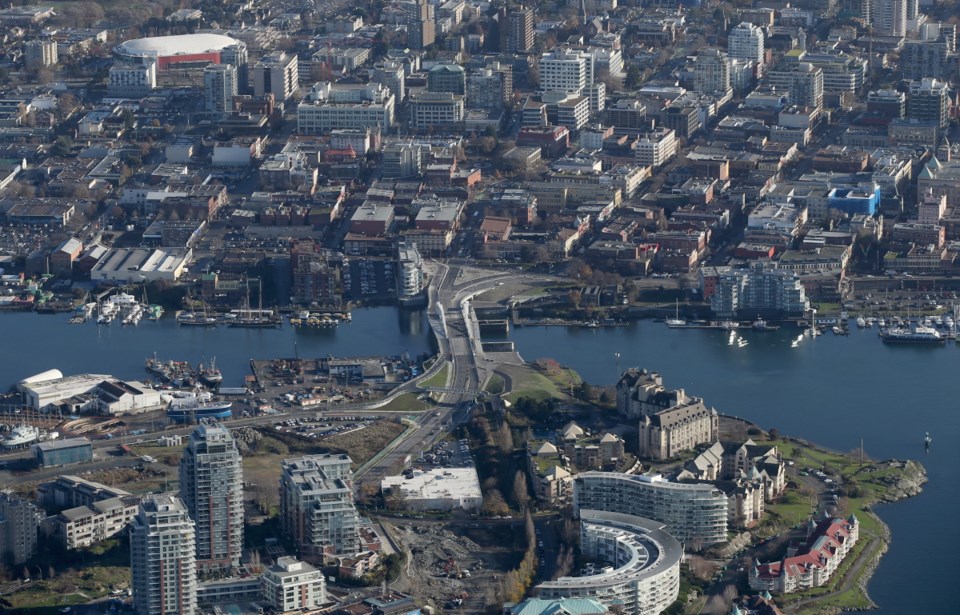A commentary by recent UVic grad, with a degree in anthropology and environmental studies, who has lived in Victoria for the past five years as a student, and now as a young adult.
Re: “Plan for Fairfield has too much density,” comment, Sept. 12.
Victoria is renowned across Canada and the world as a quaint and historic place to visit, and the preservation of our historical buildings and landmarks is paramount to the continued growth of our tourism sector. However, Victoria is also in the midst of a deeply troubling housing crisis.
I understand the concerns of longtime Fairfield residents who may be worried about the effects of new development in their neighbourhood. It’s one of the most desirable neighbourhoods in the city to live in due to its proximity to downtown and relative quietude compared to other areas nearby.
However, the concerns of residents who are already in a comfortable position of homeownership should not trump those of residents who are struggling to survive in a city that is becoming increasingly inhospitable to the renting population.
Victoria has one of the lowest rental vacancy rates in Canada, with some of the highest average rent prices as well. With a growing population of students, this is a recipe for disaster. Currently I pay $800 a month plus utilities for a room in a house just outside of Fairfield with five roommates. This is at the extreme of my budget, and the biggest stressor to my finances is paying my monthly rent.
The average rent for a one-bedroom apartment in Victoria has skyrocketed past $1,100 a month, which is entirely unaffordable for the vast majority of people.
New zoning regulations that allow the construction of four to 12 storey buildings in designated high-density areas that were carefully planned should not be controversial given the context of our housing crisis.
Twelve storeys is actually very short compared to many cities like Victoria, and it’s almost surprising that there is any pushback at all.
In response to environmental concerns, is it actually believable that tearing down hugely inefficient homes that were built decades ago to be replaced with state-of-the-art buildings that adhere to very stringent environmental regulations is a bad thing?
These buildings are almost always an environmentally sound choice, especially if residents focused their efforts on pressuring developers to include community amenities such as parks, bee-friendly gardens, and attractive street facades — instead of blocking the developments altogether.
If you are a homeowner in Victoria and have been for several years, take a moment to think about what it would be like if you moved to Victoria now. With housing prices entirely unaffordable for new graduates and an almost zero per cent vacancy rate for rental units, there is a dire need for change.
If you can go day to day without wondering how you will secure a place to live for the next month, take a moment to put yourself in the shoes of someone who cannot.
It’s a terrifying experience. Empathy for one another’s struggles is critical to the positive resolution of our collective problems, and it’s something I think Victoria is running low on.



